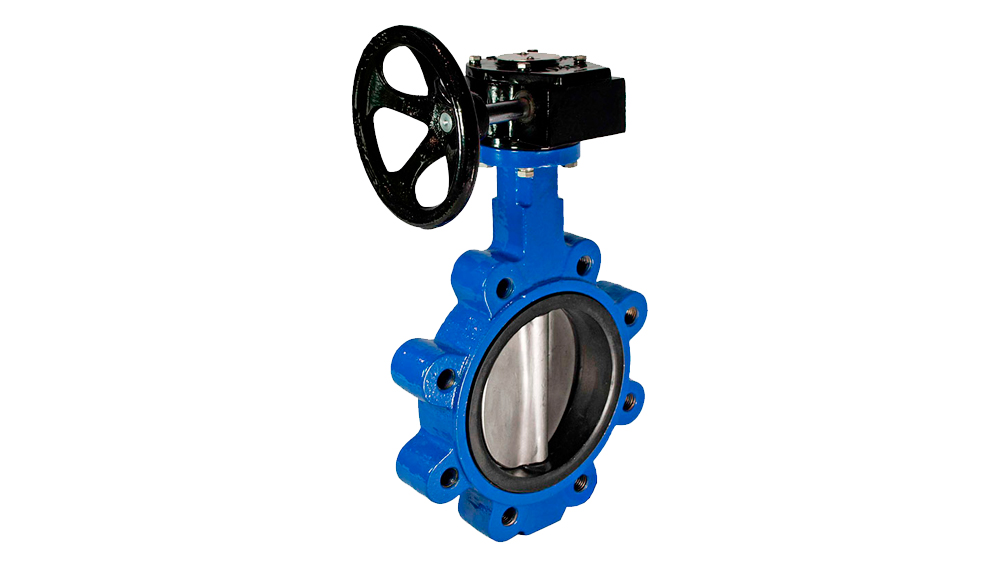
Are you looking for a way to bypass your purge valve? In this article, I will provide you with a step-by-step guide to bypassing a purge valve. I will also explain the benefits of bypassing a purge valve, what tools you need to do the job, and how to troubleshoot common issues with purge valves. So, let’s get started!
Introduction to Purge Valves
A purge valve is a component in the fuel system of your car that regulates the pressure of the fuel. It is located between the fuel tank and the engine and is responsible for controlling the flow of fuel from the tank to the engine. The purge valve is also responsible for controlling the amount of fuel vapor that is released into the atmosphere. Without the purge valve, the fuel tank would be pressurized, which can cause a number of issues with your car.
The purge valve is typically made of plastic and is connected to the fuel rail and the intake manifold. It is usually located under the hood, near the fuel tank. The purge valve is connected to a vacuum line and is responsible for controlling the pressure of the fuel system. If the pressure in the fuel system builds up too much, the purge valve will open to release the excess pressure.
What are the Benefits of Bypassing a Purge Valve?
Bypassing the purge valve can be beneficial for a few reasons. First, it can help improve the performance of your car by allowing more fuel to be delivered to the engine. This can result in better acceleration, more power, and better fuel economy. Second, it can help reduce emissions from your car. Bypassing the purge valve can reduce the amount of fuel vapor emitted into the atmosphere, which can help reduce air pollution. Finally, it can help increase the life of your car by preventing the fuel system from becoming overpressurized.
What Tools Do I Need to Bypass a Purge Valve?
In order to bypass the purge valve, you will need a few tools. The first tool you will need is a wrench or socket set. You will also need a screwdriver, a pair of pliers, and a drill. Finally, you will need a replacement purge valve, which can be found at your local auto parts store.
Step-by-Step Guide to Bypassing a Purge Valve
Now that you have all of the tools you need, it’s time to start the process of bypassing the purge valve. The process is relatively simple and can be done in a few steps.
SUB-SECTION 4.1. Preparing the Vehicle
The first step is to prepare the vehicle for the bypass. This involves disconnecting the negative battery cable and disconnecting the vacuum line from the purge valve. Once the vehicle is prepared, you can move on to the next step.
SUB-SECTION 4.2. Removing the Existing Purge Valve
The next step is to remove the existing purge valve. This can be done by using the wrench or socket set to loosen and remove the bolts that hold the purge valve in place. Once the bolts are removed, the purge valve can be pulled out of the vehicle.
SUB-SECTION 4.3. Installing the Bypass Valve
The next step is to install the bypass valve. This involves using the drill to make a hole in the fuel rail for the bypass valve. Once the hole is made, the bypass valve can be inserted and secured with the screws. Finally, the vacuum line can be reconnected to the bypass valve.
Troubleshooting Common Issues with Purge Valves
If you encounter any issues while bypassing the purge valve, there are a few things you can try. First, make sure that the vacuum line is connected properly and that the bypass valve is securely in place. If that doesn’t solve the problem, you may need to replace the purge valve or the bypass valve.
Conclusion
Bypassing the purge valve can be a great way to improve the performance of your car and reduce emissions. In this article, I have provided you with a step-by-step guide to bypassing the purge valve. I have also explained the benefits of bypassing a purge valve, what tools you need to do the job, and how to troubleshoot common issues with purge valves. So, if you’re looking to bypass the purge valve, follow the steps outlined in this article and you’ll be well on your way.





